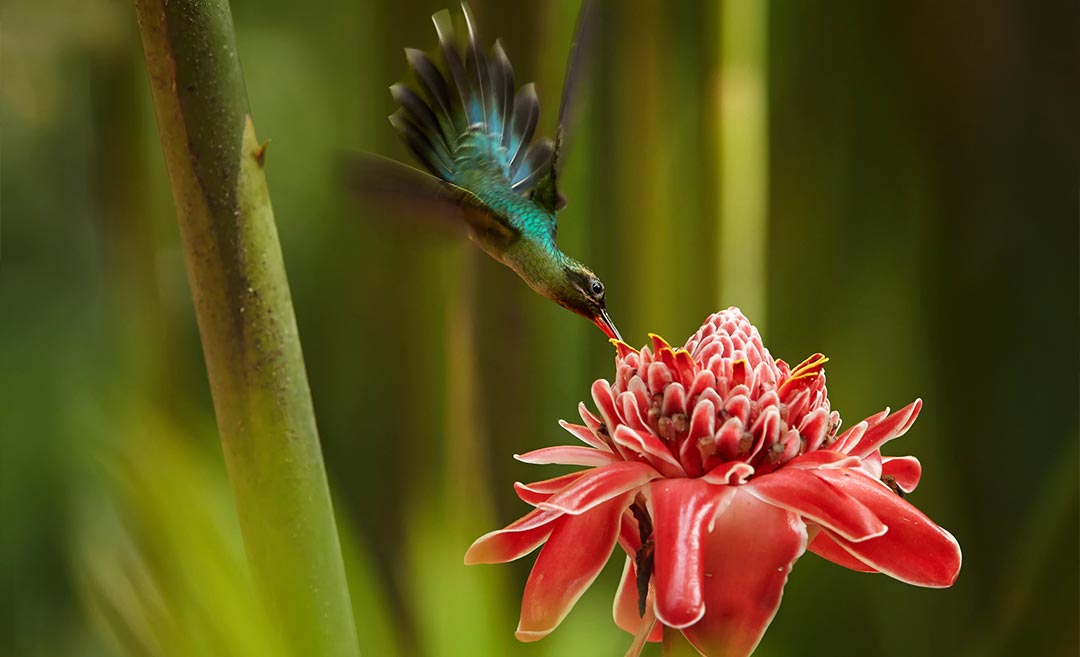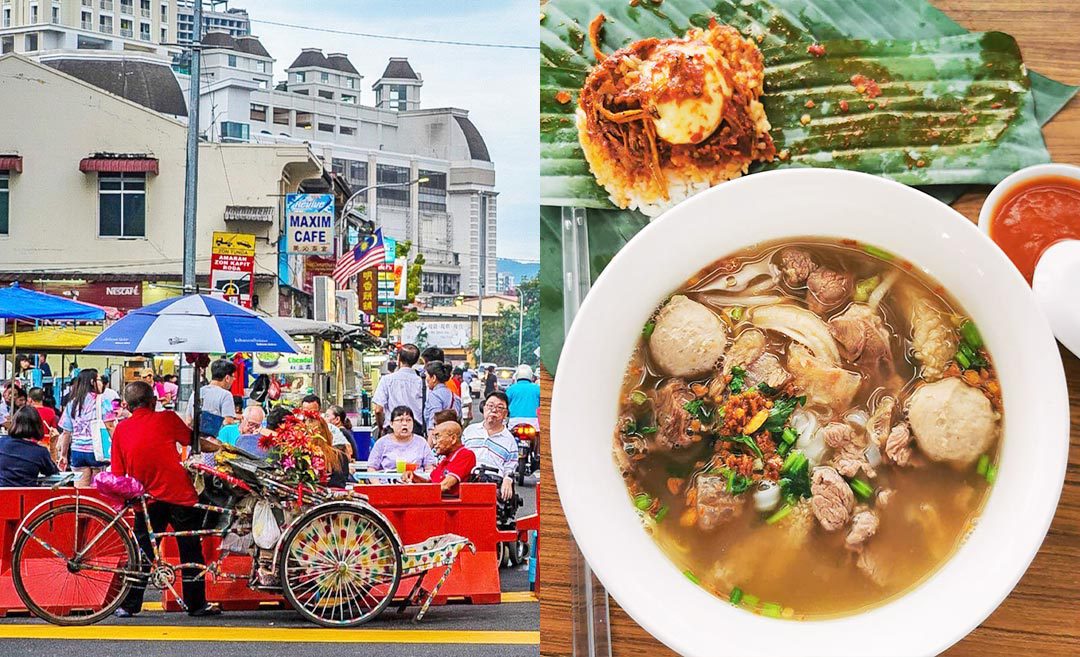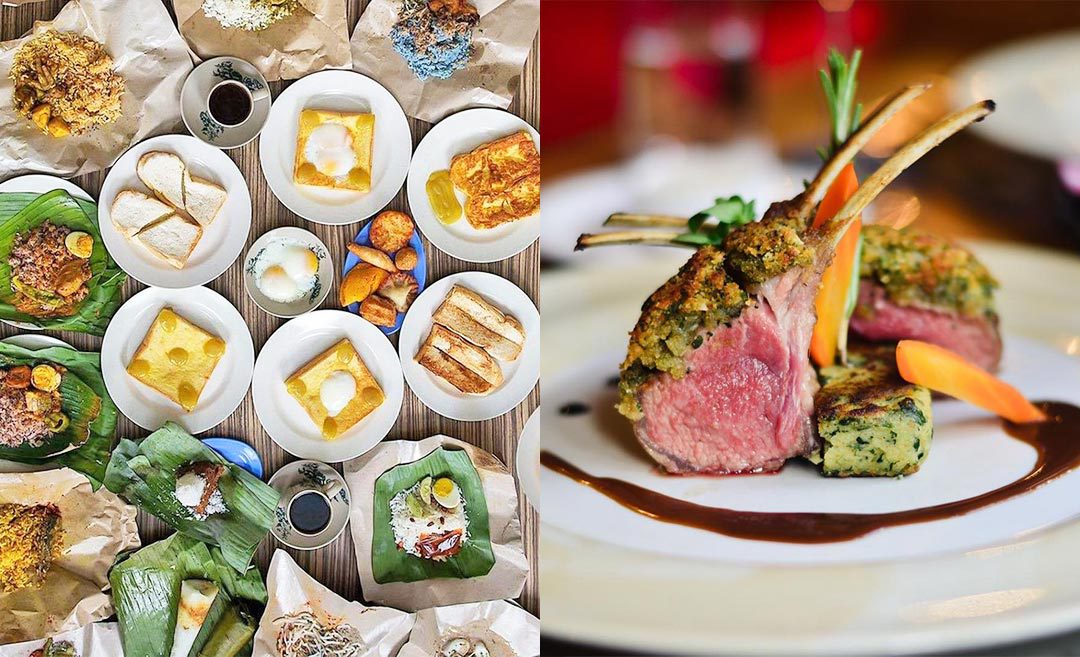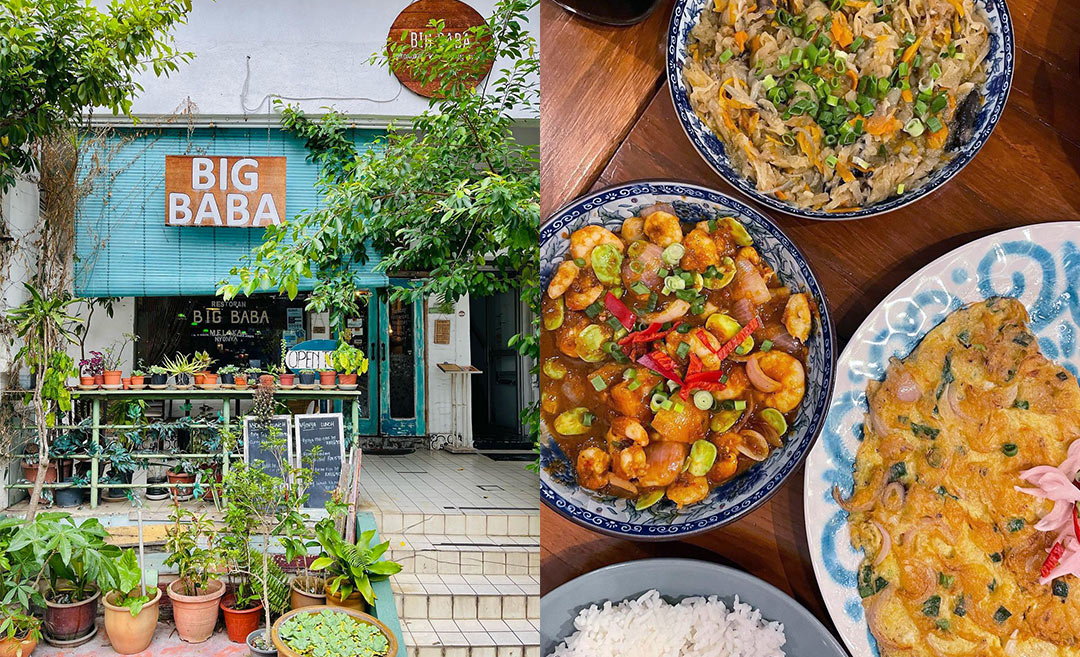In the age of social media and dressing everything up for Instagram, scattering pretty flowers atop salads and desserts might appear to be a trend. However, flowers have long been an intrinsic part of cooking, with the use of blooms such as saffron by the Sumerians and Assyrians, and citron daylily buds by the Chinese, dating back millennia.
In Southeast Asia, flowers have been used for their medicinal properties, and also as a natural colouring and flavouring for hundreds of years. There are also blooms that symbolise heritage. For instance, for the Javanese, genjer, a weed eaten to survive the scarcity wrought by World War II, signifies the fight against oppression.
Other flowers are appreciated for their healing powers. Whether steeped in nourishing teas or used to fragrance curries, blooms of all colours, shapes, and sizes are essential in the Southeast Asian kitchen.
1. Butterfly pea
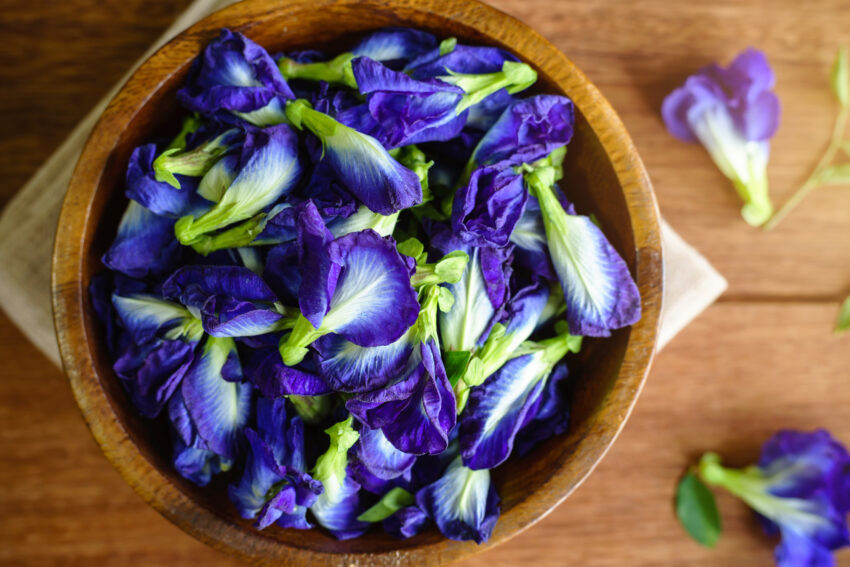
Commonly known as the butterfly pea or blue pea, this crawling vine native to Southeast Asia produces deep blue blooms that are prized as a natural food colouring. Owing to their mildly vegetal flavour, these flowers make the perfect food dye, lending a vivid hue to everything from rice to desserts, without overpowering other ingredients.
Called bunga telang in Malaysia and Singapore, the flowers feature in Malay and Peranakan Chinese cuisine. Their signature blue tint brings vibrance to nasi kerabu and the sticky rice treat pulut tai tai.
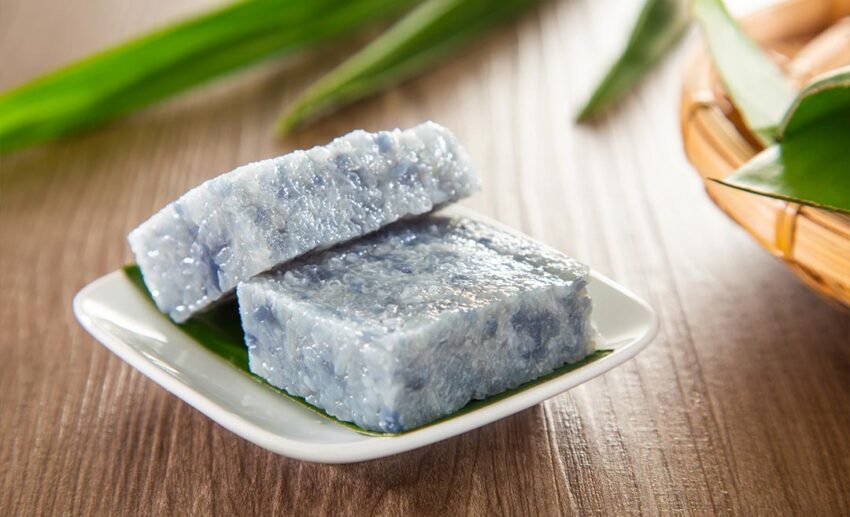
In Thailand, the liquid from steeping dried butterfly pea flowers in hot water is used to make nam dok anchan, a refreshing drink zhooshed up with lemongrass and lime. The citric acid from lime or lemon juice turns the extract a magical purply-pink — a nifty trick you can use when serving butterfly pea flower tea.
2. Roselle
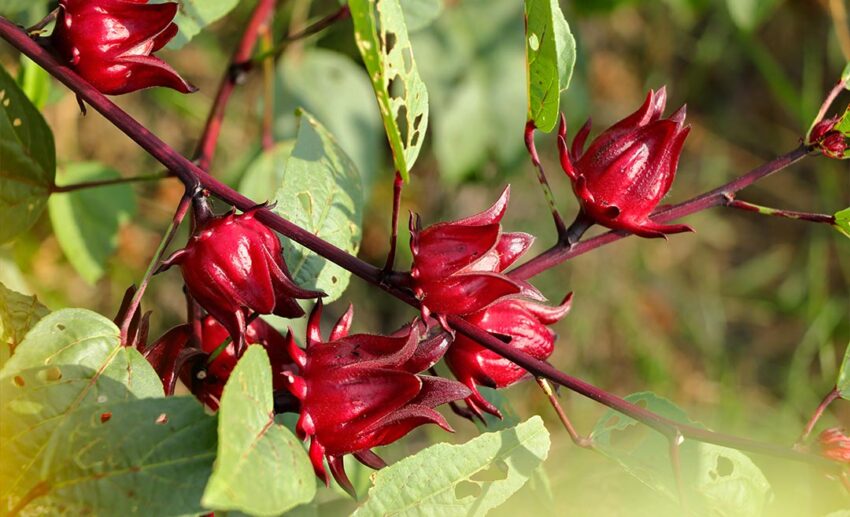
A shrub in the hibiscus family, the roselle’s most distinguishing features are its crimson bud and calyces, which are dried and brewed to make tea. Called chin baung ywet or sour leaf in Myanmar, roselle leaves are a popular addition to stir-fries and also feature in hinjo, a vegetable-filled clear broth usually eaten with meals.
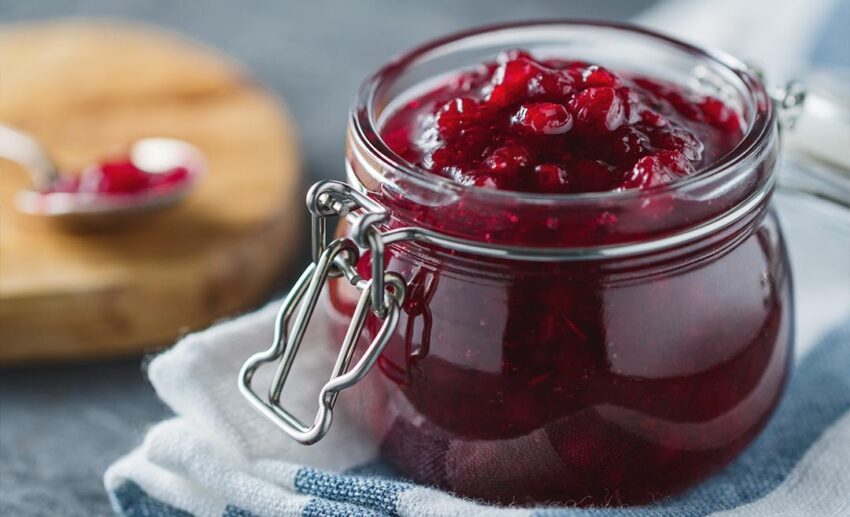
Malaysians, on the other hand, enjoy antioxidant-rich juice made from dried roselle flowers that can be enjoyed warm or cold, as well as roselle jam — a sticky, tart spread produced by cooking roselle petals.
3. Banana blossom
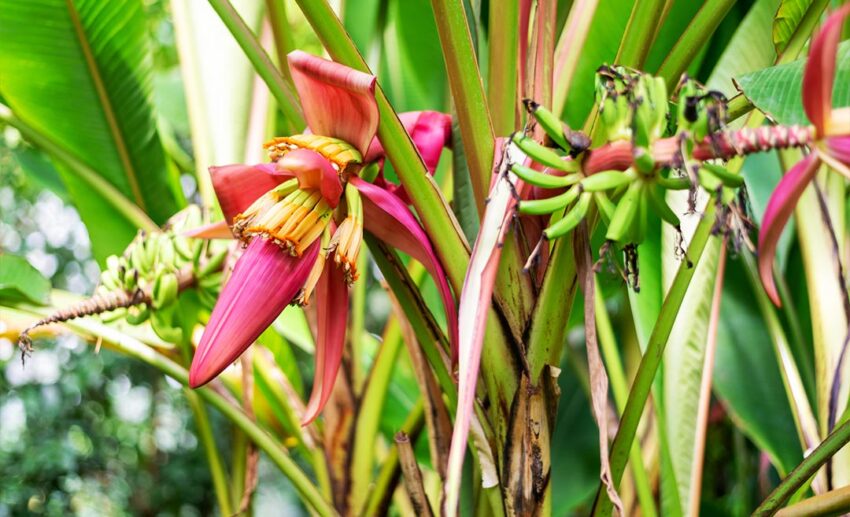
Purple-skinned and tear-shaped, the flower of the banana plant or banana blossom can grow up to 30 centimetres in length and is found at the end of a fruit bunch. The outer leaves or bracts of the flower, which can be used as serving boats, are peeled away layer by layer to get to the heart – the pale inner bracts of the blossom.
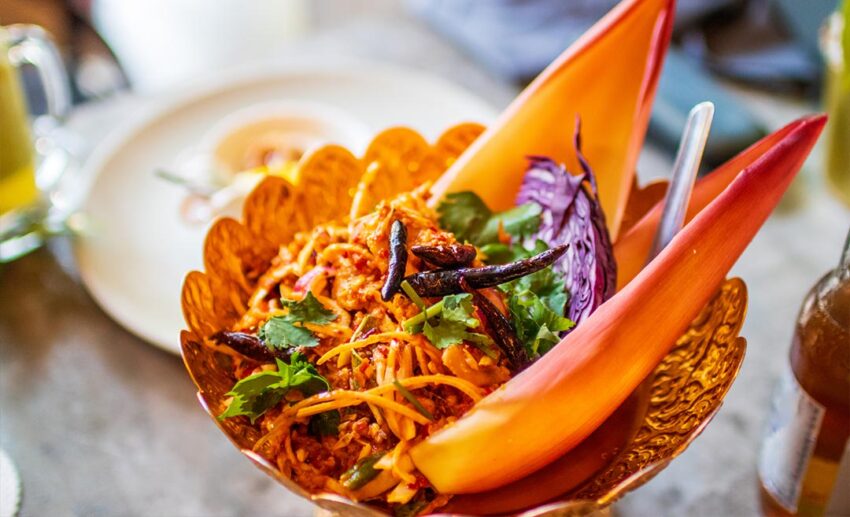
The tender inner bracts are blanched, sliced and thrown into salads like Thailand’s yam hua plee — a scrumptious appetiser featuring juicy shrimp, shallots, toasted grated coconut, coriander, and bird’s eye chillies — and Malaysia’s kerabu jantung pisang. In Indonesia, a favourite is gulai jantung pisang or banana blossom cooked in coconut milk with galangal, shallots, and chillies.
Owing to its chunky and flaky texture, banana blossom makes a great meat substitute.
4. Genjer
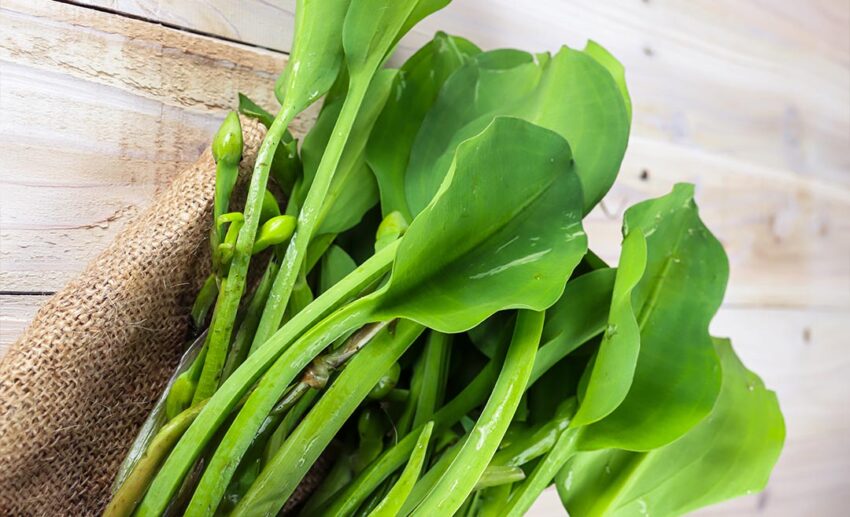
A species of aquatic plant that can be found in swamps and rice paddies, the humble genjer was once considered a poor man’s food, as it was eaten by struggling peasants during the Japanese occupation of Java in World War II. Also referred to as sawah lettuce, genjer is known for the bitter tang of its leaves, which are used in stir-fries and soups, but the buds of the plant are edible too.
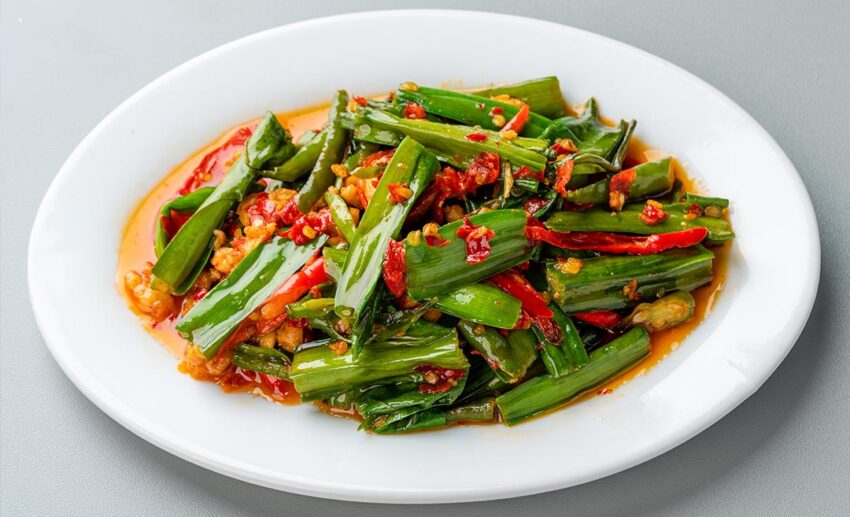
Unlike the leaves, genjer buds have a crunch much like bean sprouts when cooked, and make a lovely addition to stir-fries. Tossed with garlic, shallots, tomatoes, and chillies, tumis bunga genjer is a simple but delicious way to enjoy the buds, while tumis genjer oncom features the leaves and buds with tempeh-like oncom.
5. Vegetable hummingbird
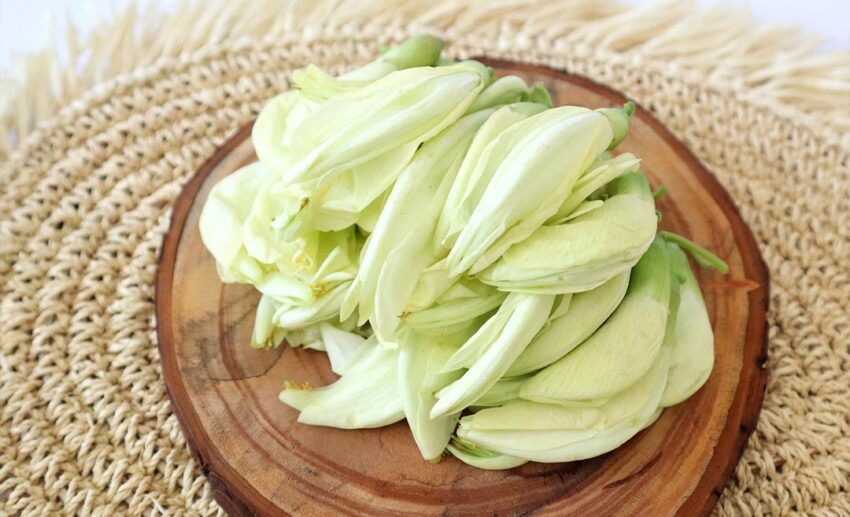
The vegetable hummingbird is a fast-growing tree that has white, red, or pink flowers and fruits that resemble long, thin beans. Also known as katurai in Tamil, this nutrient-dense plant is believed to have medicinal properties that can ease ailments like the common cold.
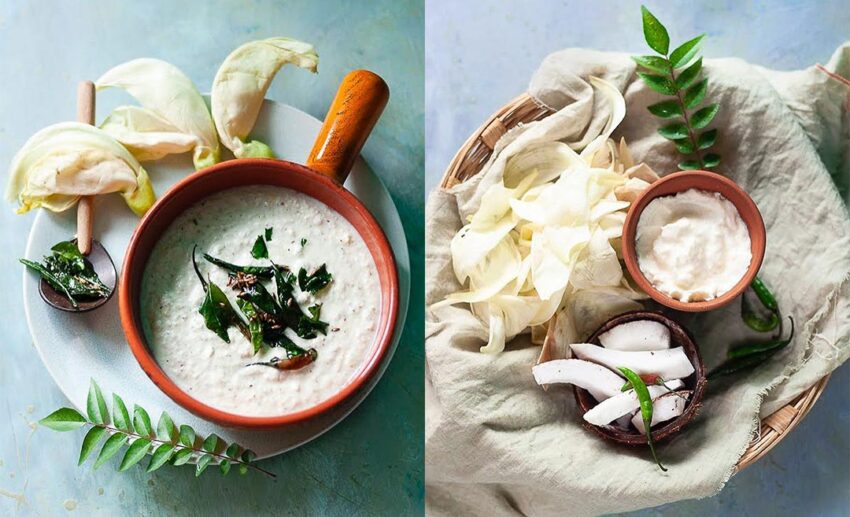
In Khmer cuisine, the flowers known as angkea dei are typically cooked in soup, while in Thailand, gaeng som dok khae, a spicy-sour southern Thai curry, features the blooms, drumstick pods, and green papaya. The half-moon-shaped flowers have a slight crunch and have a flavour like sugar snap peas.
6. Ixora
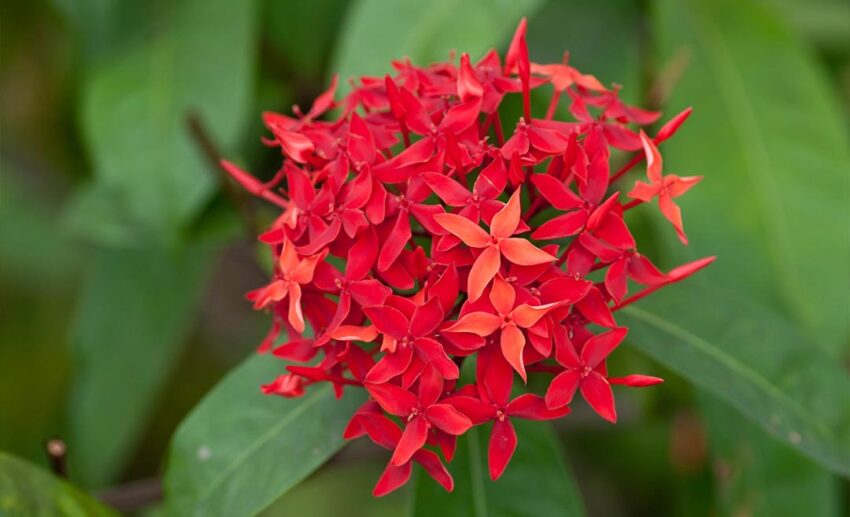
Often grown as a hedge, ixora is a flowering shrub with clusters of ruby, pink, orange, or yellow blooms commonly found in Southeast Asia. These pretty little flowers enhance the appearance of summery salads and also lend a subtle sweetness to sorbet and ice cream.
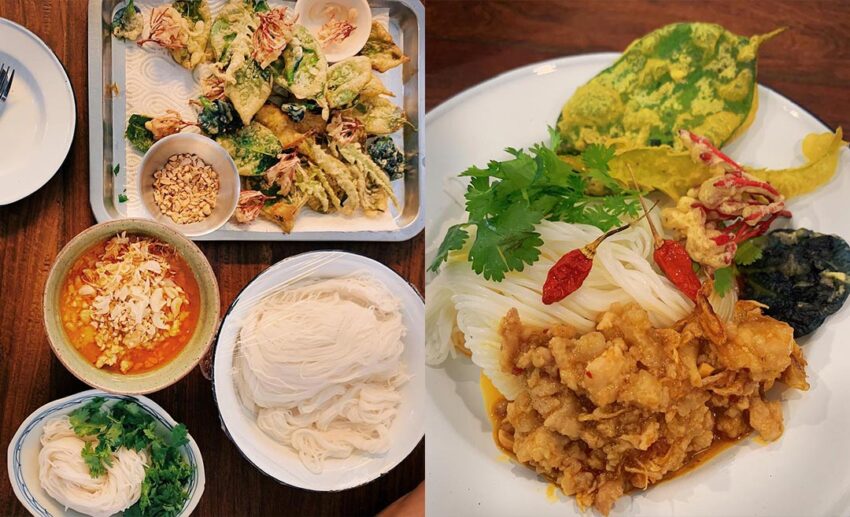
In Thailand, some restaurants batter-fry ixora flowers for a delightfully crunchy tempura that can be eaten dipped in sweet chilli sauce. Said to have anti-microbial and anti-inflammatory properties, fresh and dried ixora flowers are also turned into pastes and decoctions to heal a variety of ailments ranging from sinus to skin issues.
7. Bougainvillea
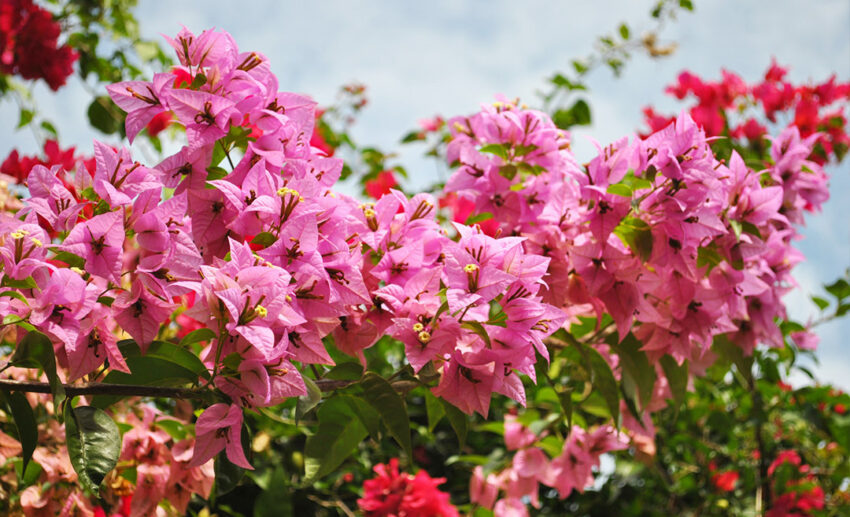
Ornamental vines with papery flowers in vibrant hues of pink and purple, the bougainvillaea adds beauty to any garden, but there’s more to its blooms than meets the eye. Bougainvillea blooms can be added fresh into salads, and like ixora, batter-fried and transformed into yummy tempura.
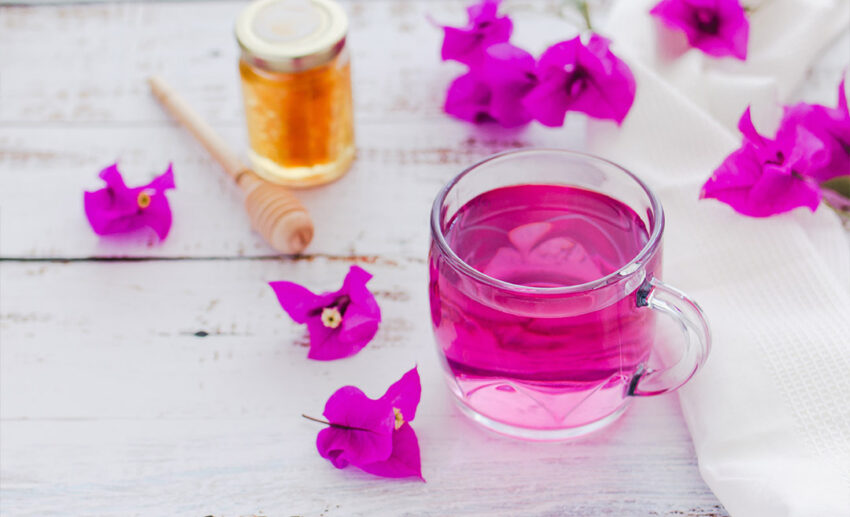
Bracts from purple bougainvillea are often steeped in hot water to make a pretty pinky-purple tea, which when combined with ginger, honey, and cinnamon, makes a good remedy for sore throats and colds.
8. Torch ginger
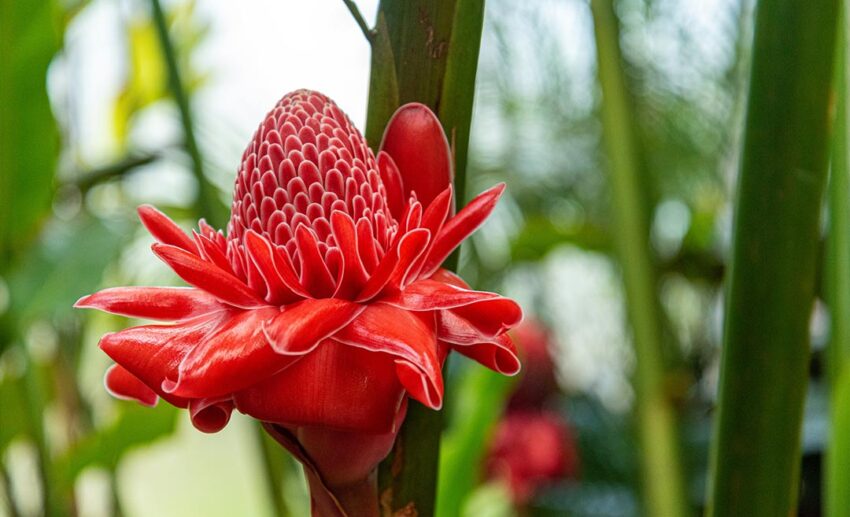
This edible bloom derives its name from its elongated stem and curved tapered flower that resembles a flaming torch. The aromatic bracts have a floral and gingery scent, plus citrusy accents that add zest to salads, soups, and curries. Torch ginger often complements seafood as its refreshing scent helps tone down fishy odours.
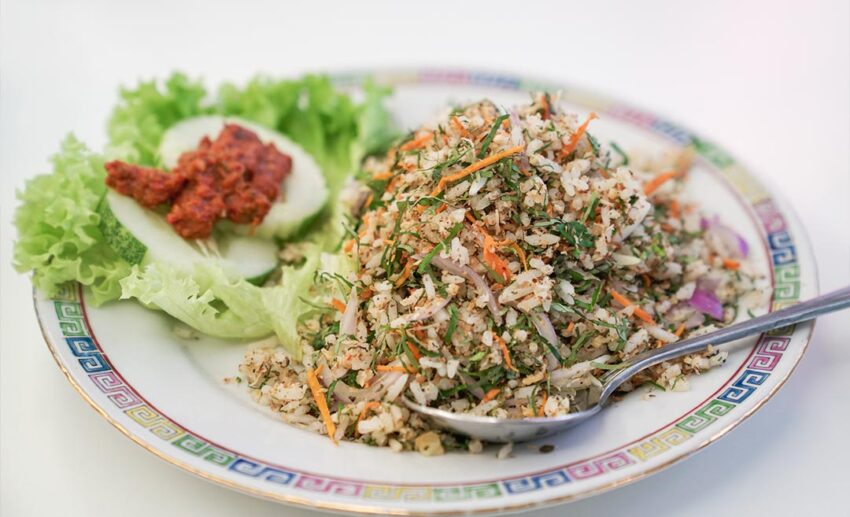
Finely-shredded torch ginger buds are tossed with shallots and plenty of chillies to make Indonesia’s sambal kecombrang relish, while in Malaysia and Singapore, torch ginger or bunga kantan, as it’s locally known, flavours everything from laksa to nasi ulam (herb rice).
Torch ginger can also be used to make a refreshing sorbet, as well as a syrup for cocktails.
This story by Chitra Santhinathan was originally published on AirAsia. Zafigo republished this story in full with permission from the publisher, simply because good stories should be read by as many people as possible! If you have stories that will be of interest and useful to women travellers, especially in Asia, please get in touch with us at info@zafigo.com.

